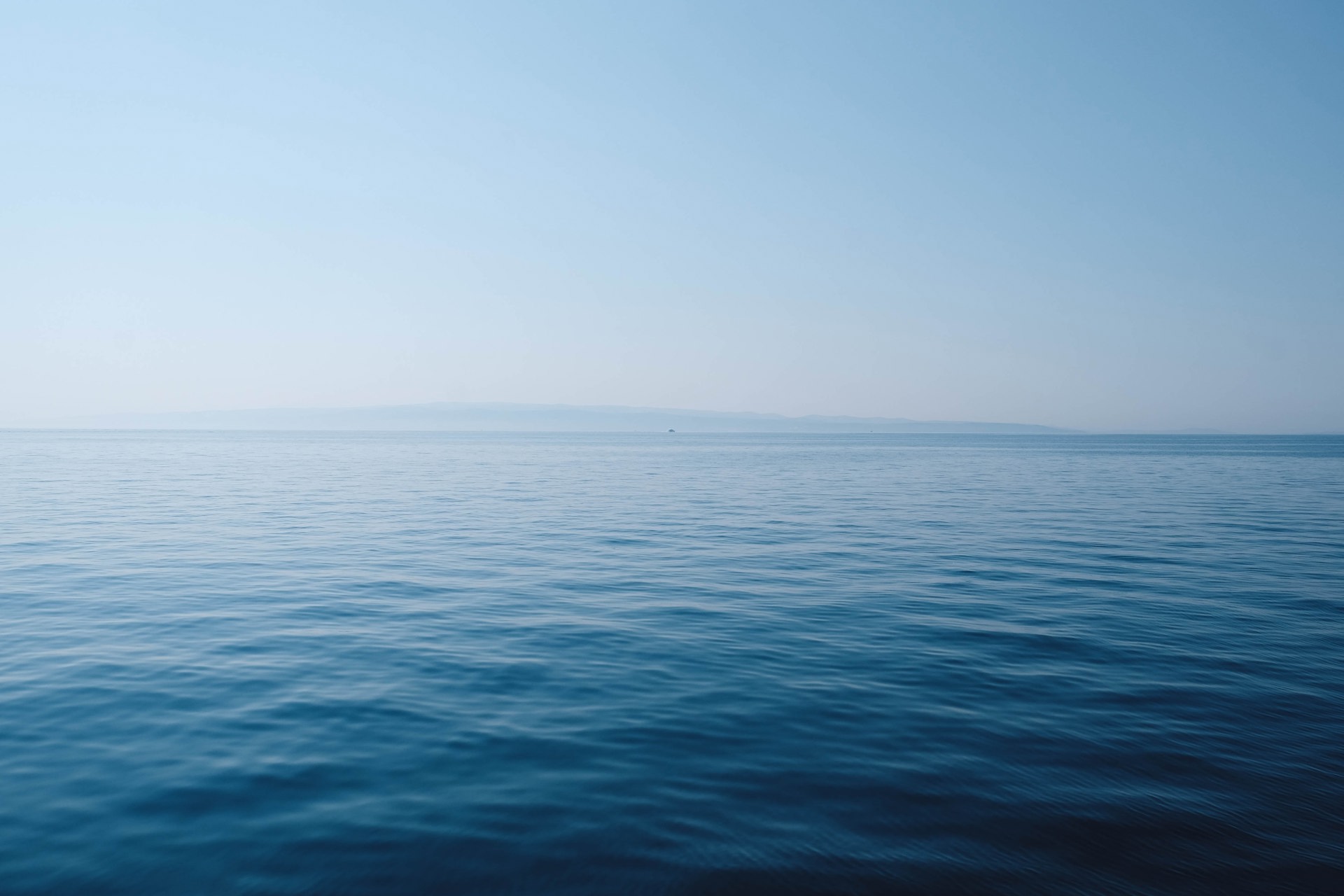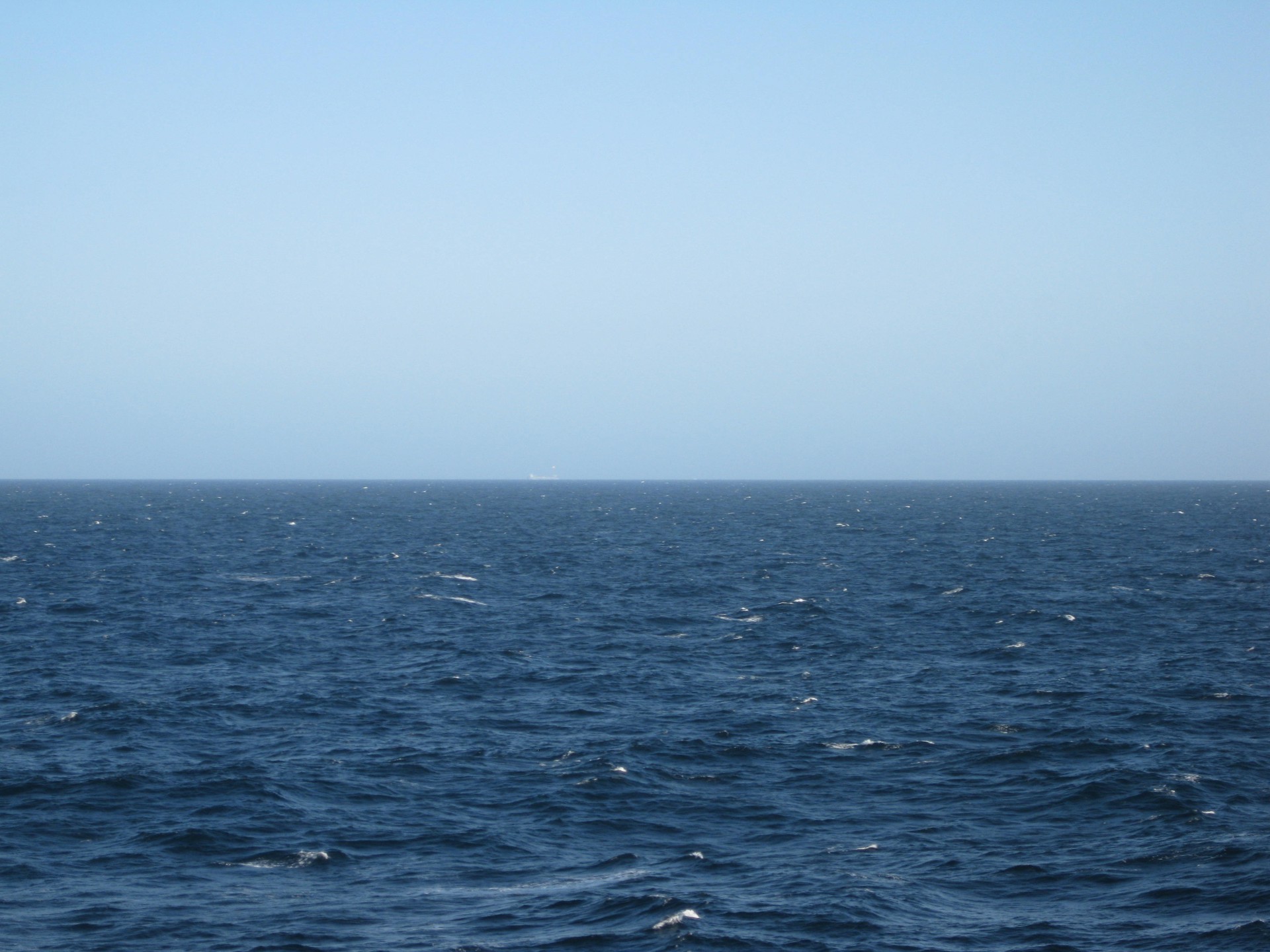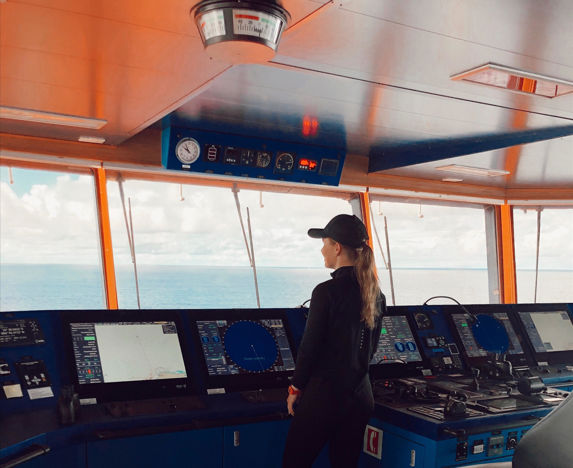
News
Apr 2025
Historic Climate Agreement Approved in IMO: A milestone for the shipping industry's climate efforts, says Knut Arild Hareide.

News
Aug 2024
The Norwegian Shipowners' Association welcomes Knut Arild Hareide as new CEO

News
Feb 2024
Global shipowners body sets out industry principles to combat harassment and bullying

News
Dec 2023



